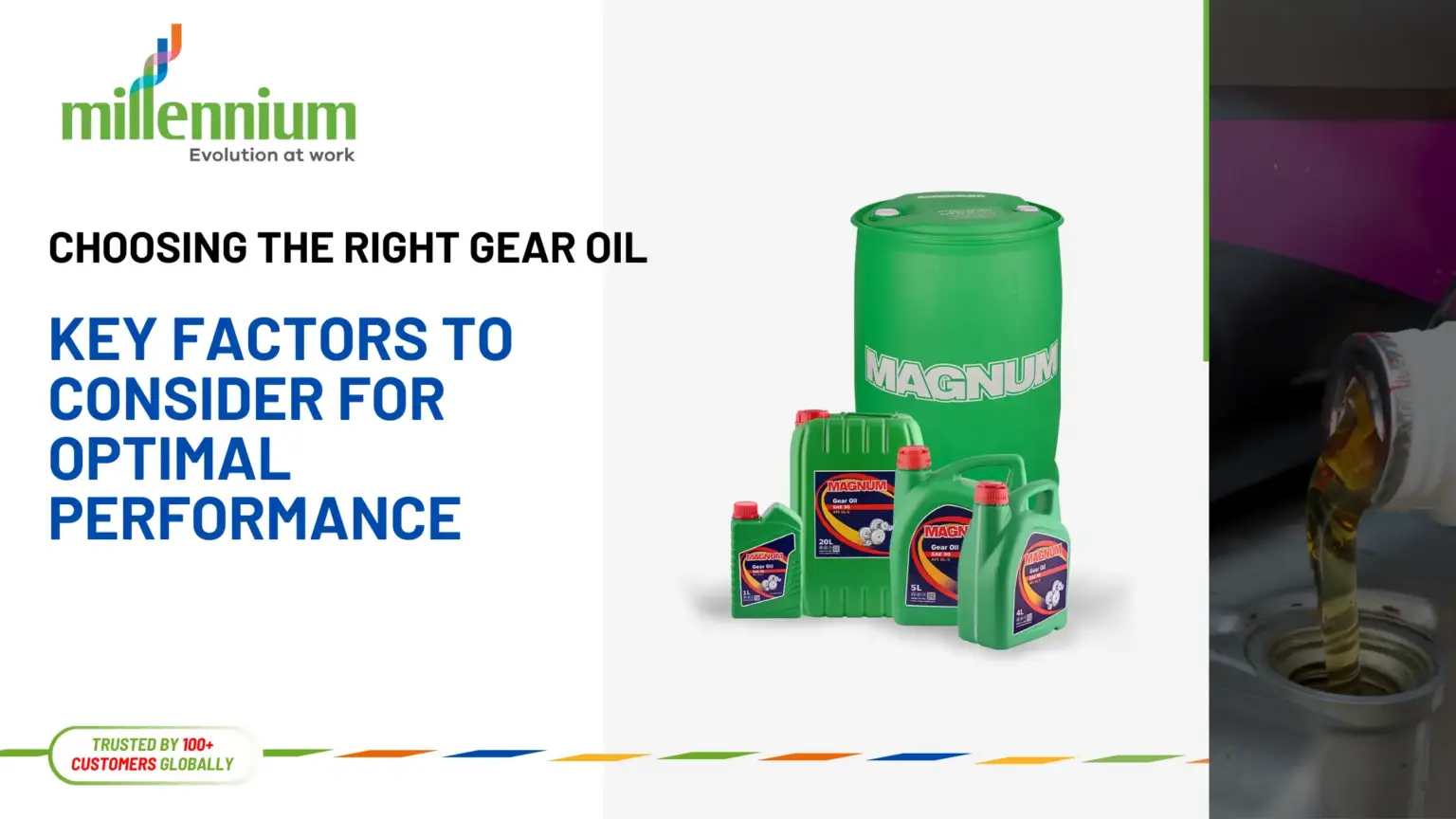How To Choose The Right Gear Oil?
Choosing the right gear oil is crucial for ensuring the optimal performance and longevity of your machinery. Understanding the specifications and requirements of your particular application is the first step in making an informed decision. Start by consulting the equipment’s manual or manufacturer’s recommendations, as they typically provide the necessary viscosity and API classification for the gear oil that is best suited for your specific gear system.
Viscosity is a key characteristic to consider, as it affects the lubricant’s ability to create a protective film over gears. If the oil is too viscous, it can cause excess friction and heat, whereas oil that is too thin may not provide adequate protection. Therefore, selecting the appropriate viscosity grade for the operating temperature range of your equipment is essential.
Compatibility with materials used in your gear system is another important factor. Some gear oils contain additives that could potentially react negatively with seals or other components, leading to wear or leaks. Therefore, it’s essential to ensure that the gear oil is compatible with your system’s materials. Additionally, consider the operational conditions, such as load, speed, and temperature, as these will determine whether you need a more robust oil with Extreme Pressure (EP) additives to handle demanding conditions.
Factors That Define The Right Gear Oil For Application
When selecting the right gear oil, several factors must be considered to ensure optimal performance and longevity of the equipment. One of the primary considerations is viscosity, which determines how the oil flows at various temperatures. A gear oil with the appropriate viscosity ensures that gears are adequately lubricated, reducing friction and wear. Different applications, such as industrial machinery or automotive transmissions, might require specific viscosity grades to function efficiently.
The operational environment is another crucial factor. Extremes in temperature, both hot and cold, can significantly impact the performance of gear oil. Oils designed for high temperature use often include additives to prevent oxidation and maintain thermal stability, while those needed in colder environments should have properties that prevent them from thickening excessively, ensuring that they continue to flow and cover gear surfaces effectively.
Additive packages within the oil are also important as they enhance specific properties of the lubricant, such as anti-wear, anti-corrosion, and extreme pressure capabilities. These additives help to extend the life of the gears by providing a protective film and reducing metal-to-metal contact. Compatibility with seal materials is another aspect to consider since gear oils must not degrade the seals within the gear system, which could lead to leaks and contamination.
Tips For Choosing The Right Gear Oil Lubricant
Tips for Choosing Right Gear Oil Lubricant, it’s crucial to consider several key factors to ensure the optimal performance and longevity of your machinery. First, it’s important to understand the specific requirements of your equipment by consulting the manufacturer’s guidelines or the machinery manual. This documentation often provides recommendations on the viscosity and type of gear oil that should be used.
Viscosity is a critical factor as it determines the oil’s ability to form a film between moving parts, thus reducing friction and wear. Selecting a lubricant with the appropriate viscosity ensures sufficient protection during operation.
Temperature conditions play a vital role in selecting a suitable gear oil. If the machinery operates in extreme temperatures, whether hot or cold, choosing an oil with the right viscosity index, which measures the stability of the oil’s viscosity with changing temperatures, can help maintain efficient lubrication. Furthermore, consider the additive package in the gear oil, which enhances properties like anti-wear, corrosion resistance, and thermal stability.
Gear Lubricant Maintenance
Maintaining the proper performance of gear lubricants is essential for the longevity and efficiency of gear systems. Regular maintenance of gear oil involves monitoring and addressing several critical aspects to ensure optimal performance. One of the primary considerations is checking oil levels consistently. Low oil levels can lead to inadequate lubrication, causing increased friction, overheating, and ultimately, gear failure. It’s important to replenish oil to the recommended level as specified by the equipment manufacturer to avoid these issues.
Another crucial component of gear lubricant maintenance is monitoring the oil’s condition. This involves checking for contamination and degradation, which can be caused by various factors such as moisture ingress, dust, or metal particles due to wear and tear. Regular oil analysis can help detect such contaminants early. By sending samples to a lab for analysis, you can ascertain the viscosity, acidity, and contamination levels of the oil, allowing for timely interventions such as filtration or complete oil changes.
Conclusion
In conclusion, selecting the right gear oil is crucial for the optimal performance and longevity of your equipment. It involves careful consideration of several factors that determine the suitability of the oil for a specific application. Understanding the operational environment is pivotal, as gear oils must withstand varying temperatures, loads, and pressures. The oil’s viscosity directly influences lubrication efficiency and should align with the manufacturer’s recommendations to ensure adequate film strength and protection.
The additives within the oil also play a significant role; anti-wear, anti-corrosion, and extreme pressure additives contribute to maintaining the integrity of gears under demanding conditions.
Gear lubricant maintenance cannot be overemphasized, as regular checks and timely oil changes extend the life of machinery and reduce the risk of gear failure. Contamination control through proper sealing and filtration measures further supports gear performance by minimizing abrasive wear. Consulting with oil specialists or referring to equipment manuals can guide the selection process, ensuring that the chosen lubricant meets specific operational needs and adheres to industry standards.

